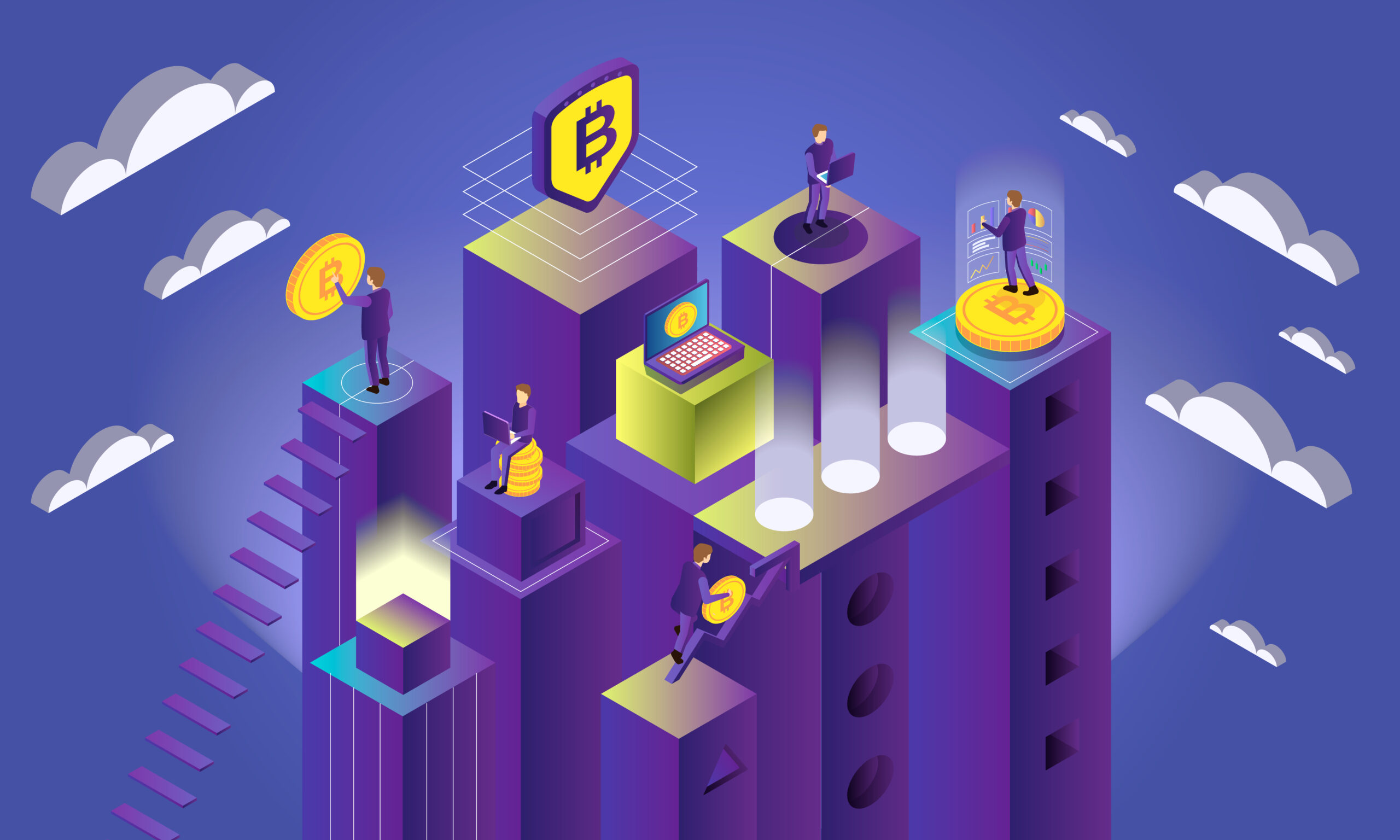
In recent years, the concept of asset tokenization has gained significant attention, especially in the world of finance and investment. Real world asset tokenization is the process of converting tangible assets like real estate, art, or commodities into digital tokens on a blockchain. These tokens represent ownership or a share in the real-world asset, enabling investors to buy, sell, and trade these assets more easily. But why is this innovative process considered the future of asset management? Let’s explore.
1. Improved Liquidity
Traditionally, many assets, such as real estate or fine art, are not easily tradable. They require substantial time, effort, and money to buy or sell. Tokenization changes this by breaking down large assets into smaller, tradable pieces. This means that an investor can own a fraction of a property or a rare collectible without needing to purchase the entire item. Real estate tokenization, for example, allows investors to buy shares of real estate properties, which increases liquidity in markets that were once considered illiquid. This increase in liquidity helps investors access markets that were once out of reach, all while diversifying their portfolios.
2. Enhanced Accessibility
One of the most compelling reasons why asset tokenization is the future is its ability to democratize investment opportunities. In the past, certain assets were only available to high-net-worth individuals or institutions. Tokenization of real-world assets lowers the barriers to entry by allowing smaller investors to purchase fractions of expensive assets. For instance, instead of needing hundreds of thousands of dollars to invest in a commercial property, an individual could invest with a small amount by purchasing tokens representing a portion of the property. Similarly, art tokenization enables investors to own a piece of high-value artwork without the need for significant capital.
3. Transparency and Security
Real world asset tokenization operates on blockchain technology, which is known for its transparency and security features. Blockchain records every transaction in a tamper-proof ledger, ensuring that ownership records are clear, accurate, and easily verifiable. This greatly reduces the risk of fraud and disputes, providing a secure environment for both buyers and sellers. Investors can trust that their assets are protected, knowing that every change in ownership is recorded and cannot be altered. For example, Gold tokenization can allow investors to securely own a share of gold assets, with every transaction securely recorded on the blockchain.
4. Faster Transactions
In traditional asset management, transactions can take time—especially when dealing with physical assets. For example, buying or selling real estate involves multiple steps, including paperwork, bank transfers, and legal processes, which can take weeks or even months. With tokenized assets, these transactions are much quicker. Smart contracts, which are self-executing contracts with the terms directly written into code, automate the entire process, making transactions faster and more efficient. This speeds up asset transfers, enabling investors to make quicker decisions in a fast-paced market. Real estate tokenization, for instance, can drastically reduce the time spent on buying or selling properties.
5. Global Reach
Tokenized assets can be traded globally, breaking down the geographical limitations that come with traditional investments. Investors from any part of the world can participate in tokenized asset markets without the need for intermediaries like brokers or financial institutions. This opens up new opportunities for diversification and the ability to tap into markets that were previously inaccessible, leading to a more connected and integrated global investment environment. Whether it’s the tokenization of real world assets or gold tokenization, these innovations allow global participation, driving a more inclusive investment landscape.
6. Cost Efficiency
Tokenization reduces many of the costs associated with traditional asset management. With blockchain technology, there’s no need for middlemen such as lawyers, banks, or notaries to process transactions. The automation of the process also reduces administrative costs, making asset management more affordable for both individuals and institutions. Art tokenization, for example, enables fractional ownership of expensive artworks, which reduces the need for hefty transaction fees and ensures a more cost-effective experience for investors.
Conclusion
Real world asset tokenization represents a significant shift in the way we approach asset management. By offering increased liquidity, accessibility, transparency, and security, tokenization is revolutionizing the investment landscape. Whether you’re an experienced investor or someone just starting out, real-world asset tokenization presents a new world of opportunities. As blockchain technology continues to evolve, tokenization will only become more integral to the future of asset management, enabling a more efficient, inclusive, and secure way to invest in assets.